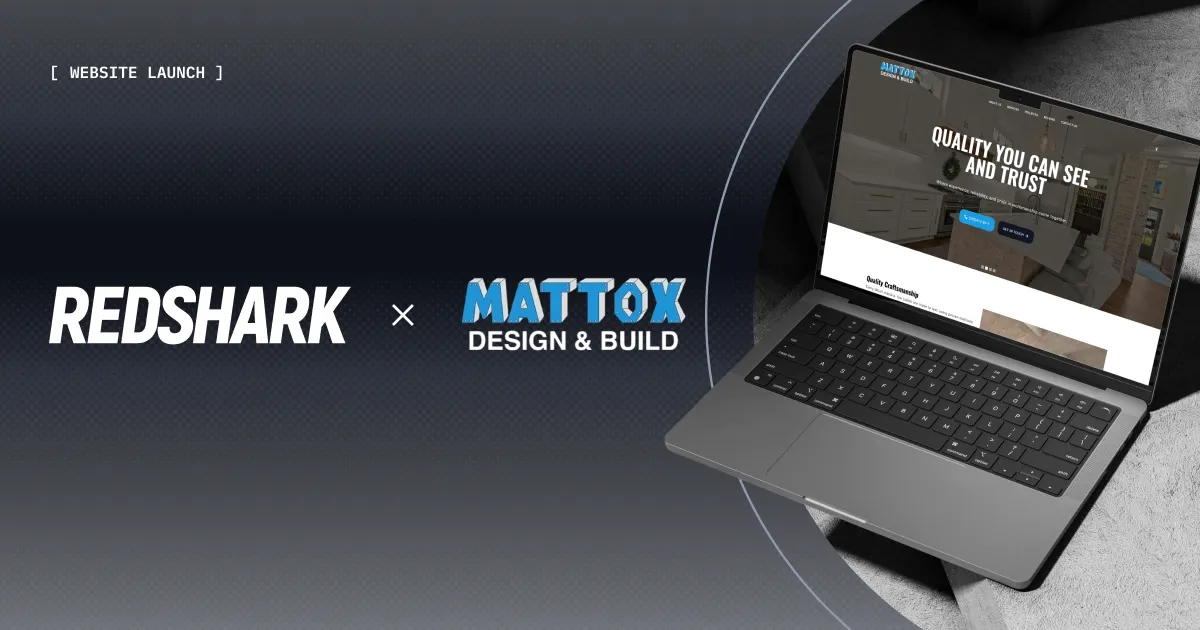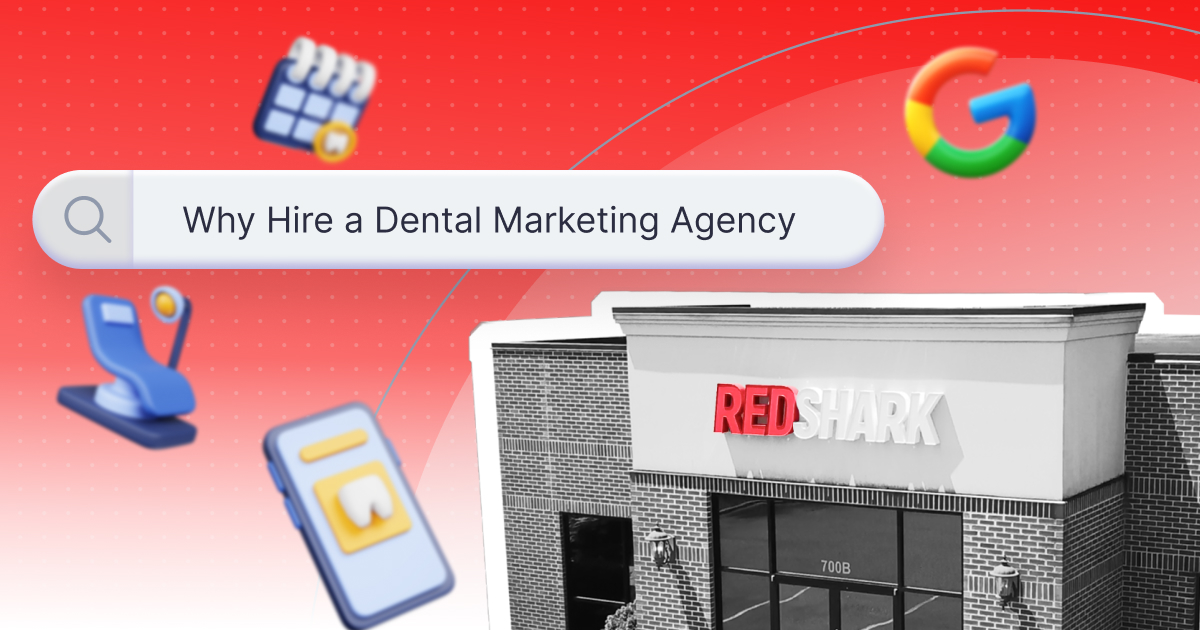
What is the Role of a Logo?
What is the Role of a Logo?
Featured & Recent Articles
What is the Role of a Logo?

If you were to ask Paul Rand, he would tell you that the primary goal of a logo is to identify. And he should know best. Many of the logos Rand created in the 1950s are still widely used to this day! What does this mean to me though? It means that as a designer, you could spend hours on a logo with precision detail - fail at creating what some would deem “a good logo,” but as long as the company uses it consistently, their audience will still be able to identify the brand with just one look.
Now this does not mean we should abandon our conventional logo design processes or start with our most experimental idea first. But it does, however, mean that these “rules” we tend to follow are not set in stone so to speak. It is pretty obvious that most graphic designers use processes that are unique to their style of work. With that being said I am going to go out on a limb here and say, there are no rules to logo design. With the disclaimer: as long as the end result is identifiable.
There are quite a few logos that are in use today that have been around for decades! Some, of course, look very dated - mostly because they followed a trend at the time. However, there are marks that hold up well. These are the logos we can learn from. A few of my favorite examples are National Geographic, Campbells Soup, IBM, Shell, and Nike.
It is valuable for all designers to study these old logos and understand what it is about them that has worked consistently throughout the years. We are able to pick up on their characteristics and use them to make our own informed decisions when it comes time to start our design process.
The characteristics I mentioned above are what I use personally to set a sort of “mock guidelines” for myself. Here is the characteristic checklist:
- Simplicity - Do a quick Google search of the “logo evolution” for your favorite brands. You will find out pretty quickly that logos are constantly simplified and refined over time.
- Differentiation - This should go without being said; it is important to make sure your logo is easily recognizable when compared side by side to other brands within the same field.
- Relevancy - Referring to the relevance of the logo style in the industry it will be used in.
- Memorability - Creating a mark that is remembered. For this, color schemes play a vital role. For example, if someone showed you red next to gold - I am sure most people's initial thought is the golden arches of McDonald's.
- Scalability - One of the most important, creating a mark that is just as effective at a small scale as it is when made large.
- Legibility - Can it be read? Ask yourself this question while designing. It is easy to get caught up looking at your screen from a foot's distance. I find it helpful to save my work, scoot my chair back, and take a look at my composition from across the room.
- Versatility - Interchangeable with flexibility. Referring to the use of your logo on more than just one color background. Designing with the idea in mind that your mark may not always be seen on a white artboard is crucial. Having a versatile logo that stands out on all possible applications reinforces its ability to identity.
When starting your logo design process, keep these characteristics in mind. For an extra bit of accuracy, some designers use grid systems and the golden ratio to ensure their mark is pristine and well laid out. Logo design in Raleigh, NC is one of our specialties. Contact us today if you are interested in rebranding or are in the need of a complete brand identity from scratch!














.png)




.png)
.jpg)





